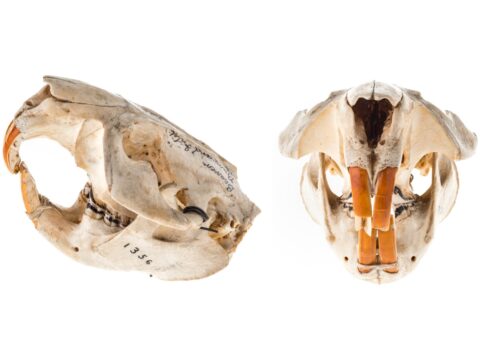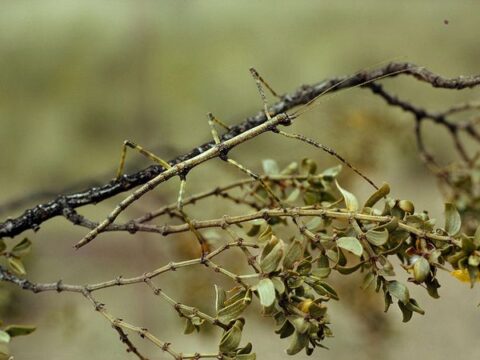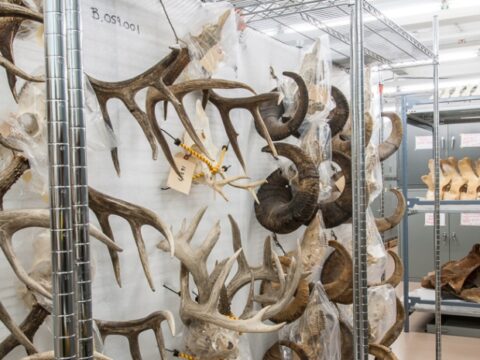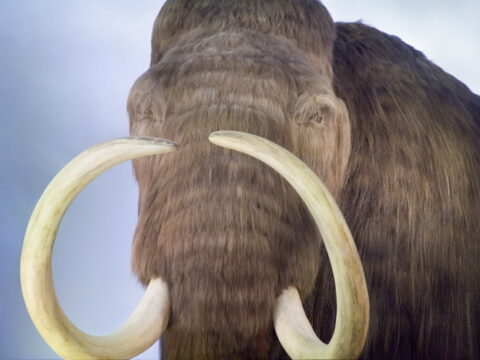Predator and Prey
by Lindsay EppEcosystems have a natural food chain that maintains balance in nature. Within each food chain there are predators and there are prey. What factors decide who will be the hunter and who will be hunted?

1In 1 playlists
By Lindsay Epp
Can you tell what animal this is? Can you guess what it eats by looking at its teeth? There is a lot you can learn just by examining an animal's skull!

1In 1 playlists
By Lindsay Epp
Animals that are preyed on have developed many skills to help them survive. What skills does this bunny have that help it escape from the cunning weasel?

1In 1 playlists
By Lindsay Epp
Can you spot the insect in this picture? Why would animals want to blend in with their environment?

1In 1 playlists
By Lindsay Epp
This full-length episode of Nat Geo Wild highlights the predatory skills of wild dogs. What skills do these dogs have that make them great hunters?

1In 1 playlists
By Lindsay Epp
There are many different kinds of animals that have horns. This picture shows just a few of the horns in the museum's collections. What might an animal use horns for?

1In 1 playlists
By Lindsay Epp
Students who participate in this program will explore the Natural History Gallery in search of B.C.'s natural predators and prey. Students will be encouraged to ask questions and look closely at the different animals to determine the qualities that help these animals survive, including a hands-on look at animal skulls from our collections.

1In 1 playlists
By Lindsay Epp
Woolly mammoths: predators or prey? Think about their main features: their fur, their size, their tusks. The answer might surprise you!

1In 1 playlists
By Lindsay Epp
Have you ever considered sea stars to be fearsome predators? Click here to watch a pycnopodia chasing an abalone. Do you think the abalone will get away?
